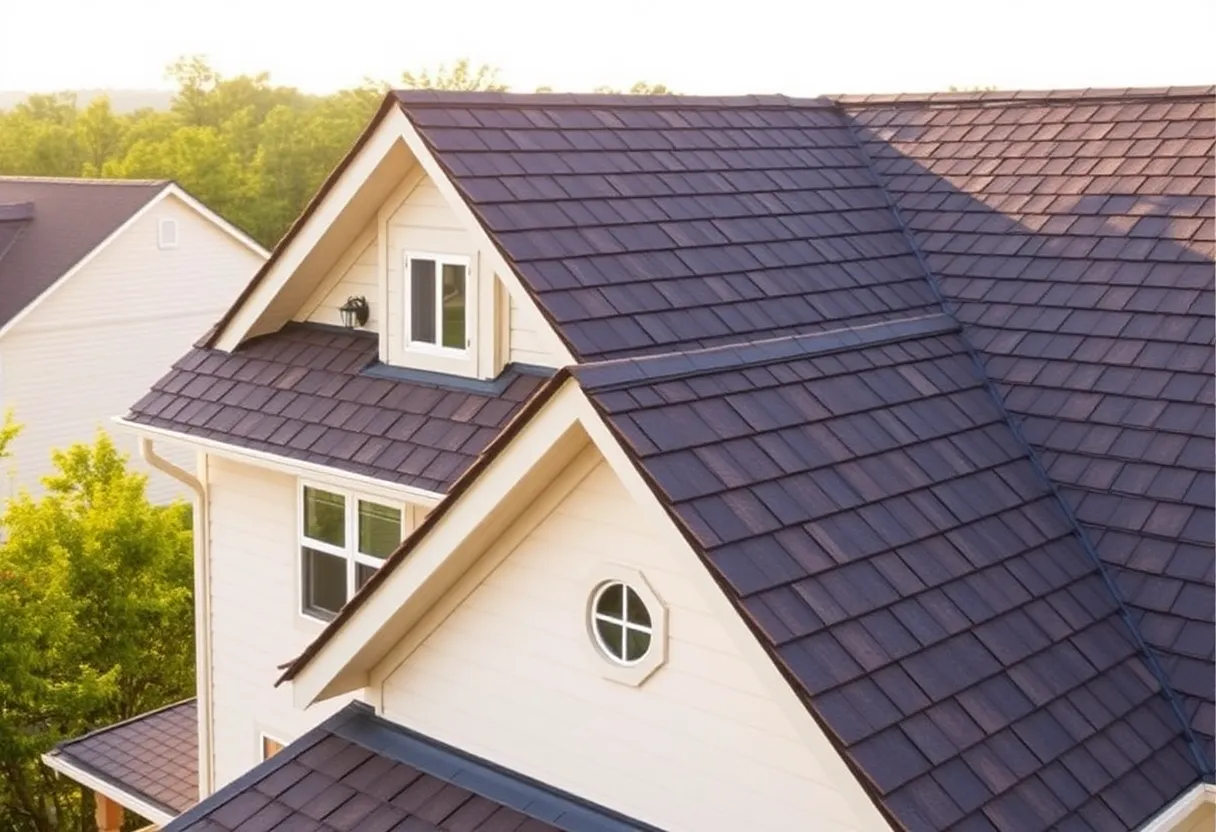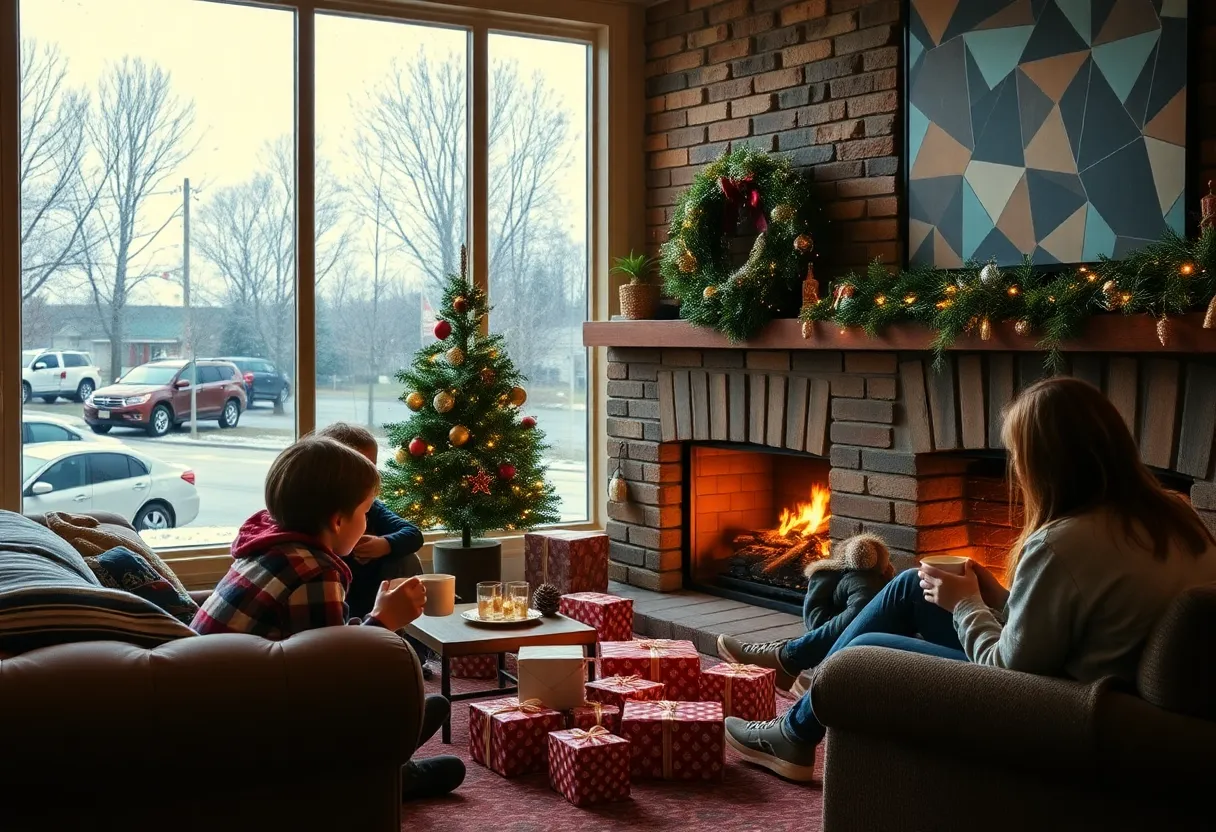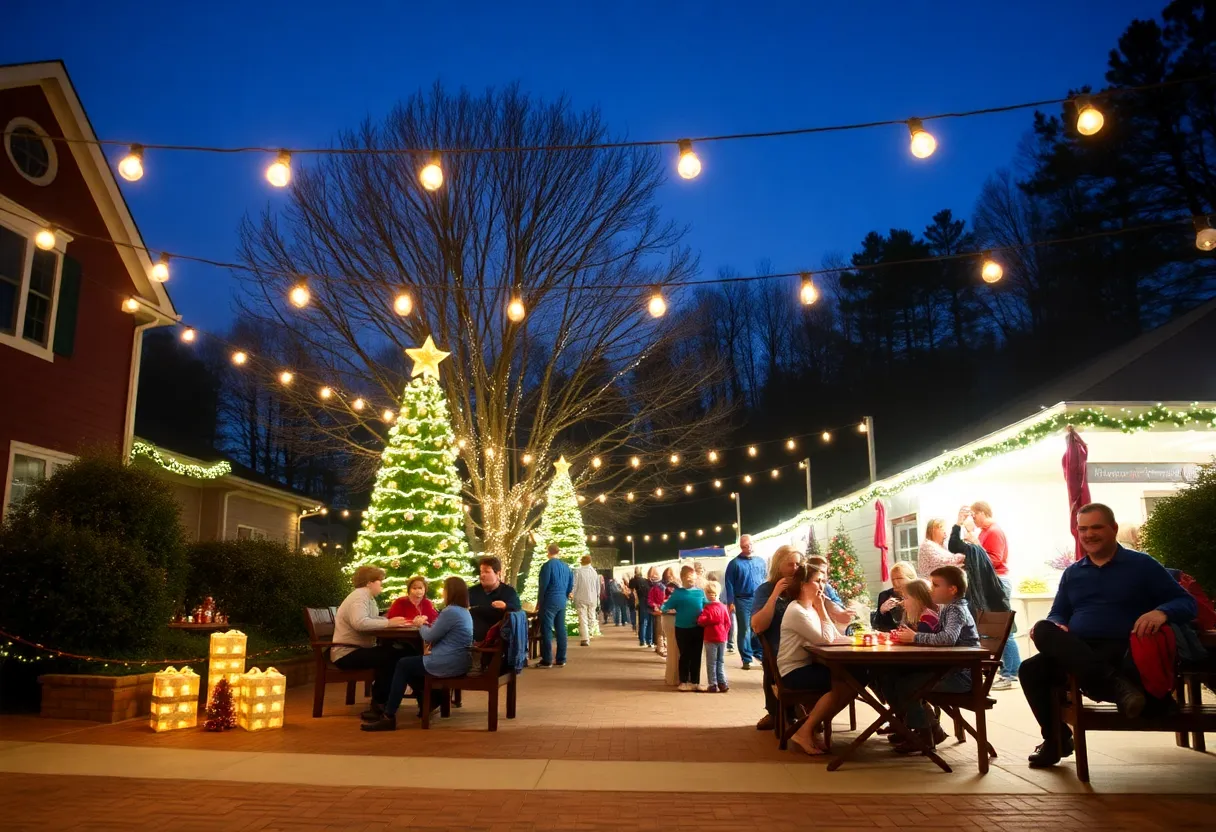How to Choose the Right Roofing Style to Complement Your Home’s Design
Choosing the right roofing style is a fundamental aspect of architecture that can significantly influence the overall aesthetic of your home. The roof is often one of the first features noticed by passersby, serving both functional and visual purposes. With various forms available, it can be daunting to decide which style will best complement your home’s design.
The Importance of Roof Style in Home Design
The roof plays a crucial role in defining a home’s character. It affects curb appeal, influences energy efficiency, and can even impact resale value. Furthermore, the right roofing style can enhance architectural details, create visual harmony, and provide necessary protection from the elements.
With an ever-growing selection of materials and designs, understanding how to match your roof style with the architectural style of your home is essential.
Common Roofing Styles
1. Gable Roof
The gable roof features two sloping sides that come together at the top. This traditional design is not only visually appealing but also highly functional. It allows for excellent drainage and offers space for an attic or vaulted ceilings.
- Commonly found in: Colonial and Cape Cod homes.
- Benefits: Simple design, effective drainage, and cost-effective construction.
2. Hip Roof
An upgrade from the gable design, the hip roof features slopes on all four sides. It provides more stability and is better suited for areas with high winds or heavy snowfall.
- Commonly found in: Craftsman and Mediterranean-style homes.
- Benefits: More durable and offers additional space for dormers.
3. Flat Roof
The flat roof is often a staple in modern architecture. Though not truly flat, it features a slight pitch for water drainage. This style allows for rooftop gardens or terraces, enhancing outdoor living space.
- Commonly found in: Contemporary and industrial structures.
- Benefits: Cost-effective and adds versatile living space.
4. Mansard Roof
The mansard roof includes four sloping sides, with two distinct slopes on each side. This design creates additional living space in the attic and is fitting for homes looking for a vintage, sophisticated look.
- Commonly found in: French-inspired homes.
- Benefits: Allows for extra living space and unique aesthetic appeal.
5. Shed Roof
The shed roof is a single-pitched style often associated with modern architecture. Its simple design makes it easy to construct and allows for high ceilings and large windows.
- Commonly found in: Modern and minimalist building designs.
- Benefits: Offers sleek lines and maximizes natural light.
Factors to Consider When Choosing a Roofing Style
1. Architectural Harmony
It is crucial to align your roof design with the architectural style of your home. A mismatched roofing style may disrupt the visual harmony of your property and diminish its overall appeal.
2. Climate Considerations
Your local climate plays a major role in the longevity and efficiency of your roofing system. For instance, areas with heavy snowfall benefit from steep roofs that facilitate snow runoff. Conversely, flat roofs are more suited to drier climates.
3. Material Choices
Different roofing styles can be complemented by various materials. For instance:
- Asphalt shingles: Versatile for many roof styles.
- Clay tiles: Ideal for Mediterranean or Spanish designs.
- Metal roofing: Often used for contemporary and modern homes.
4. Budget Constraints
Cost considerations are paramount when selecting a roof style. Complex designs tend to be more expensive due to materials and labor, while simpler styles can be more budget-friendly.
5. Local Building Codes and HOA Regulations
Always review local building codes and any homeowners association (HOA) guidelines before finalizing your roofing style. Certain styles and materials may be restricted based on community standards.
Enhancing Curb Appeal
The roof significantly affects your home’s curb appeal. A well-chosen roof style can accentuate design elements like windows, doors, and landscaping. Consider these strategies to enhance attractiveness:
- Color Harmony: Match the roof color with exterior walls and trim.
- Architectural Features: Make use of eaves, gables, and dormers for added character.
- Landscaping: Complement the roof style with appropriate landscaping choices.
Conclusion
Choosing the right roofing style to complement your home’s design requires careful consideration of various factors. From architectural harmony and climate to cost and curb appeal, each decision influences the functionality and aesthetics of your home. Aim for a balance that addresses both visual appeal and practicality.
In essence, selecting a roofing style is not merely about preference; it fosters a cohesive narrative that tells a story about your home and enhances its value. With a thorough analysis of your options, you can embark on a journey to find the perfect roofing style that elevates your home’s design.
Author: STAFF HERE Chapin
CHAPIN STAFF WRITER The CHAPIN STAFF WRITER represents the experienced team at HEREchapin.com, your go-to source for actionable local news and information in Chapin, Lexington County, and beyond. Specializing in "news you can use," we cover essential topics like product reviews for personal and business needs, local business directories, politics, real estate trends, neighborhood insights, and state news affecting the area—with deep expertise drawn from years of dedicated reporting and strong community input, including local press releases and business updates. We deliver top reporting on high-value events such as the Chapin Christmas Parade, Fourth of July Celebration, and the Chapin Fall Festival. Our coverage extends to key organizations like the Chapin Chamber of Commerce and the Lexington School District One, plus leading businesses in retail and recreation that power the local economy such as Lake Murray Tourism and the Chapin Visitor Information. As part of the broader HERE network, including HEREaiken.com, HEREbeaufort.com, HEREchapin.com, HEREcharleston.com, HEREclinton.com, HEREcolumbia.com, HEREgeorgetown.com, HEREgreenwood.com, HEREgreenville.com, HEREhiltonhead.com, HEREirmo.com, HEREmyrtlebeach.com, HEREnewberry.com, HERErockhill.com, HEREspartanburg.com, HEREaustin.com, HEREcollegestation.com, HEREdallas.com, HEREhouston.com, and HEREsanantonio.com, we provide comprehensive, credible insights into South Carolina's dynamic landscape.




 Mays Contracting
Mays Contracting

